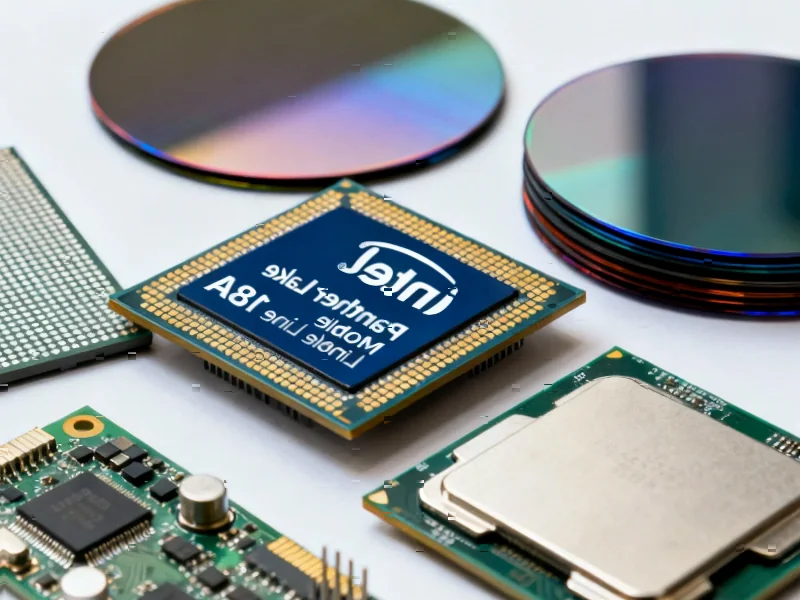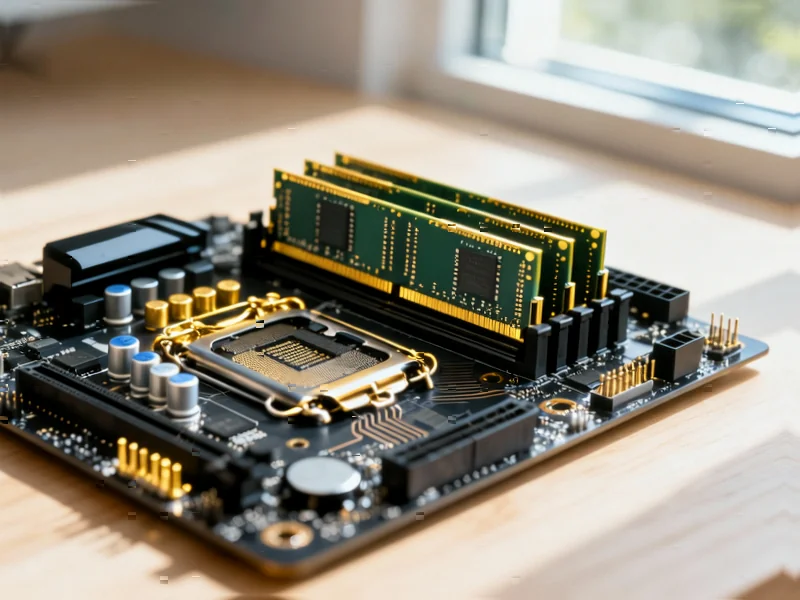According to Guru3D.com, AMD’s latest Radeon driver update created unexpected confusion when incorrect release notes initially stated that USB-C power delivery functionality would be disabled on RX 7900 series reference cards. The 25.10.2 driver, which bundles two branches into a single 1.56 GB installer, was briefly available in the wrong version for about an hour before being corrected. The release notes were subsequently updated to clarify that USB-C functionality remains unchanged, though the driver does represent AMD’s continued shift toward separating legacy GPU architectures like RDNA 1 and RDNA 2 into maintenance branches with reduced update frequency. This incident reveals the complexities of managing driver support across multiple GPU generations.
The Business Logic Behind Driver Consolidation
AMD’s decision to package multiple driver branches into a single installer represents a calculated business move to reduce development costs while maintaining broad hardware compatibility. The GPU market has become increasingly fragmented with four active architectures (RDNA 1 through 4) in circulation, each requiring separate optimization and testing. By bundling drivers, AMD can streamline their quality assurance process and reduce the engineering overhead of maintaining multiple independent release pipelines. This approach mirrors strategies seen in other technology sectors where companies balance backward compatibility with development efficiency. The 1.56 GB file size, while substantial, likely represents a compromise between including necessary components for multiple architectures and avoiding the complexity of managing separate downloads for each GPU generation.
The Economics of Legacy Support
AMD’s gradual segmentation of older architectures into maintenance-only branches follows an established industry pattern where the cost of full driver support eventually outweighs the business benefits. RDNA 1 and RDNA 2 GPUs, while still capable hardware, represent diminishing revenue opportunities compared to newer generations. The shift to quarterly updates for these architectures allows AMD to reallocate engineering resources toward optimizing performance for current-generation products where competitive positioning and market share are actively contested. This strategy reflects the harsh reality of GPU economics: ongoing driver development represents a significant ongoing expense, and companies must make calculated decisions about where to invest limited engineering resources for maximum return.
Strategic Positioning Against NVIDIA
AMD’s driver management strategy reveals their broader competitive approach in the GPU market. While NVIDIA has maintained a more unified driver structure, AMD’s segmentation allows them to focus optimization efforts where they can gain competitive advantages. The initial USB-C confusion, while ultimately corrected, highlights the challenges of communicating these technical transitions to consumers. In the broader context, AMD appears to be following a similar path to NVIDIA’s earlier abandonment of VirtualLink – recognizing when certain features no longer justify their development and support costs. This pragmatic approach suggests AMD is prioritizing resources toward features that deliver tangible performance benefits or competitive differentiation rather than maintaining legacy connectivity options with limited adoption.
Consumer and Market Implications
The driver consolidation strategy has significant implications for both current and future GPU purchasers. Consumers with older RDNA 1 and RDNA 2 hardware will experience reduced update frequency, potentially missing out on game-specific optimizations and performance improvements that newer cards receive. This creates a subtle incentive for upgrading to current-generation hardware, though AMD maintains security updates for legacy products. For the market overall, this approach could accelerate the depreciation cycle for older GPUs, affecting resale values and upgrade decisions. The incident also underscores the importance of clear communication in driver releases, as initial confusion about feature changes can damage consumer trust even when quickly corrected.
Looking Ahead: The Driver Landscape
AMD’s current driver strategy suggests we’re likely to see continued segmentation as new architectures emerge. The company’s driver support page already reflects this tiered approach, with different update schedules based on architecture generation. As RDNA 5 eventually enters the market, we can expect RDNA 3 to join the maintenance branch, creating a predictable lifecycle for driver support. This approach mirrors what we’ve seen in other technology sectors, where companies balance the cost of supporting older products against the brand value of long-term customer satisfaction. The key challenge for AMD will be maintaining this balance without alienating their installed base of older hardware users.




